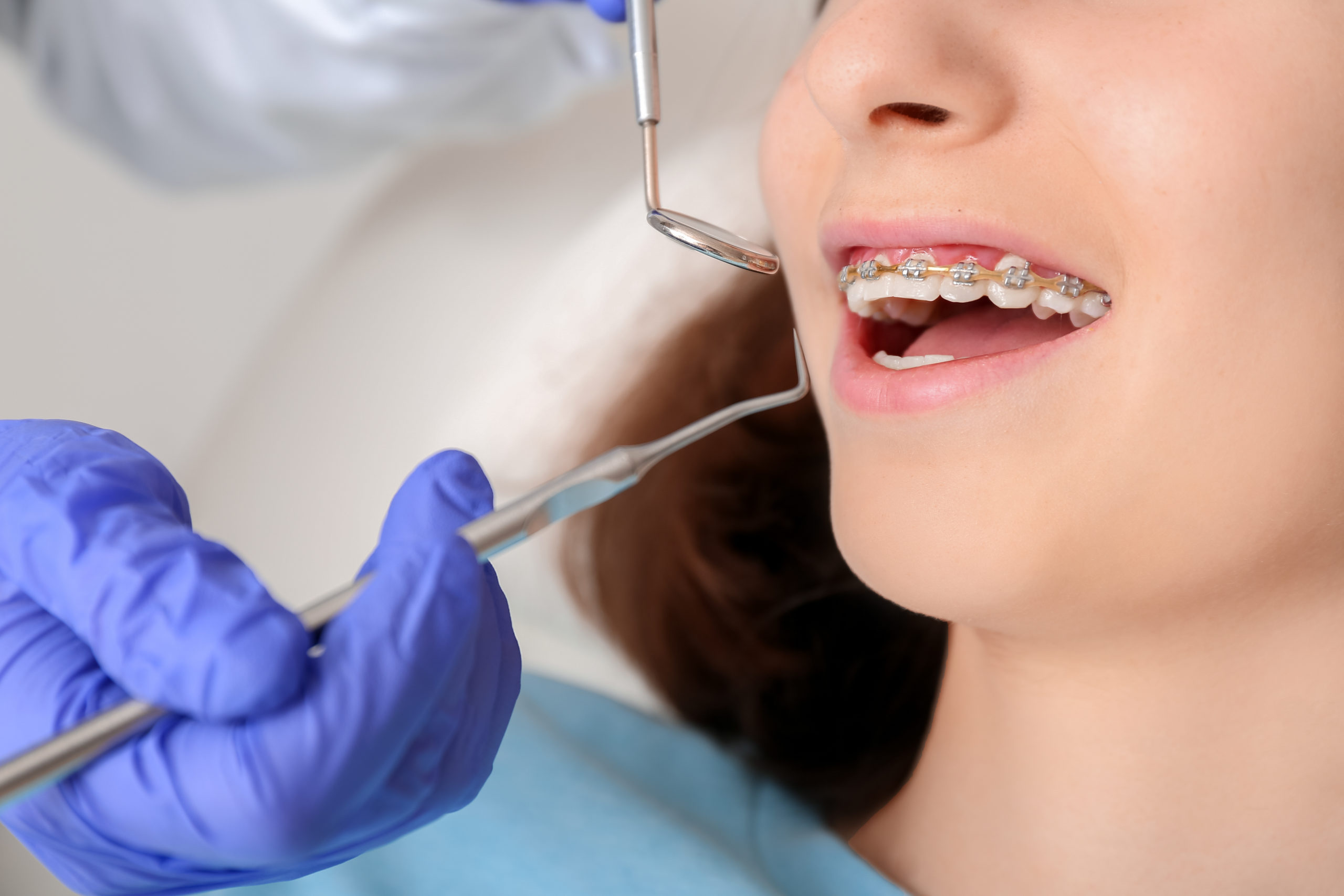Your Overview to Cumming Invisalign: Straightening Teeth with Style and Comfort
Wiki Article
Comprehensive Guide to Orthodontics Procedures for Fixing Dental Misalignments
Understanding the ins and outs of each treatment, including their devices, advantages, and prospective downsides, is important in making educated choices regarding one's orthodontic therapy. As we navigate through the comprehensive guide to orthodontic procedures for dealing with oral misalignments, the complex details of each approach will unravel, shedding light on the path towards a harmonious and functional dental alignment.Orthodontic Procedures Introduction

Regular modifications and surveillance are vital components of orthodontic treatment to ensure development is on track and to make any necessary modifications along the way. By undergoing orthodontic procedures, patients can not only achieve a straighter smile yet also enhance their total oral wellness and feature.
Typical Dental Braces: Exactly How They Work
When thinking about orthodontic treatments for oral imbalances, traditional braces stand apart as a time-tested technique for dealing with teeth positioning. Typical dental braces contain brackets, cords, and bands that interact to apply continual stress on the teeth, progressively moving them into the wanted placement. The brackets are affixed to the teeth using an unique adhesive, and the cords are threaded through the brackets. By readjusting the stress of the wires, orthodontists can regulate the direction and force related to each tooth, leading them right into proper positioning over time.
As pressure is used to the teeth through the dental braces, the bone bordering the teeth is reshaped to support the brand-new tooth positions. Individuals will need routine adjustments at the orthodontist's office to make sure the dental braces proceed to use the appropriate pressure for effective teeth motion.
Unnoticeable Aligners: Benefits And Drawbacks
These clear, personalized trays are basically invisible when used, making them an attractive choice for people looking for a much more cosmetically pleasing orthodontic therapy. Individuals can remove the aligners prior to eating or cleaning their teeth, reducing the threat of food getting stuck in the device and streamlining the cleansing process.
Surgical Orthodontic Options
Surgical treatments in orthodontics present feasible options for addressing complex oral imbalances why not try here that might not be properly settled via standard orthodontic therapies. While conventional braces and undetectable aligners can deal with numerous orthodontic concerns, particular situations require surgical treatment to attain ideal outcomes. Surgical orthodontic options are normally advised for severe malocclusions, considerable jaw disparities, and instances where the underlying bone framework requires modification to accomplish correct positioning.One common medical orthodontic procedure is orthognathic surgical procedure, which involves rearranging the jaws to fix useful concerns such as trouble chewing or talking. This surgical treatment is typically executed in cooperation with an orthodontist that helps straighten the teeth before and after the treatment. Surgical orthodontics may likewise entail procedures to reveal affected teeth, get rid of excess periodontal tissue, or improve the jawbone to produce a more unified facial account.
Prior to taking into consideration surgical orthodontic options, individuals go through a detailed evaluation to figure out the necessity and potential advantages of such treatments. cumming aligners. While surgery may seem difficult, it can dramatically enhance both the function and visual appeals of the smile in instances where traditional orthodontic treatments fail
Retainers and Post-Treatment Treatment

Post-treatment treatment click here to find out more entails complying with the orthodontist's instructions diligently. This might consist of proper dental hygiene methods, participating in follow-up appointments, and wearing the retainers as recommended. Failing to follow post-treatment care instructions can cause relapse, where the teeth gradually relocate back in the direction of their initial placements. Constant retainer wear, excellent oral health, and routine oral check-ups are necessary for preserving the results accomplished through orthodontic surgery and making sure the long-lasting stability of the fixed dental positioning.
Final Thought
In final thought, orthodontic procedures offer various alternatives for fixing oral misalignments. Surgical orthodontic alternatives are available for much more severe imbalances. Overall, orthodontic treatments can efficiently enhance oral health and wellness and aesthetic look.As we navigate through the extensive overview to orthodontic procedures for dealing with dental imbalances, the elaborate information of each method will certainly unravel, losing light on the course towards a unified and functional oral positioning. - orthodontist
One of the most typical orthodontic therapies is the usage of braces, which are composed of steel brackets and cords that use mild stress to gradually move teeth into the preferred position.When taking into consideration orthodontic therapies for dental misalignments, traditional braces stand out as a have a peek at this site reliable approach for correcting teeth positioning. Furthermore, undetectable aligners might not be ideal for intricate orthodontic concerns that require even more significant teeth activity, as they are generally suggested for light to modest cases. Retainers are tailor-made orthodontic devices developed to hold teeth in their corrected placements after the conclusion of orthodontic treatment.
Report this wiki page